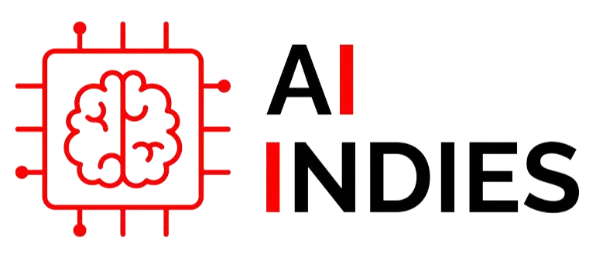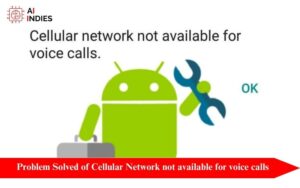In the age of digital dominance, the phrase “moving through networks” has transcended mere jargon, becoming a fundamental concept in our interconnected world. It’s not just about clicking a link or sending an email; it’s a sophisticated dance of data, a ballet of binary, and an intricate symphony of signals. In this digital odyssey, we delve into the heart of what it truly means to move through networks.
The Digital Courier
At its essence, moving through networks is akin to dispatching a digital courier into the boundless universe of the internet. Picture your data as a messenger, embarking on a journey through an intricate maze of servers, routers, and switches. Every time you hit ‘send’ or ‘receive,’ this intrepid envoy navigates the labyrinthine pathways of the web, ensuring your messages, videos, and files reach their destinations.
The Building Blocks of Digital Travel
The magic of digital movement lies in the concept of packetization. Instead of sending large chunks of data as a single entity, information is broken down into smaller, manageable packets. These packets, akin to postcards, carry essential details about the sender, the recipient, and the content itself. As they venture forth, they’re guided by routers and switches, intelligent wayfinders that ensure their swift and secure passage.
The Need for Speed
Thanks to the marvels of optical fibers, data travels at the speed of light. These tiny glass strands use pulses of light to transmit information, enabling seamless communication across vast distances. The efficiency of optical fibers not only ensures real-time interactions but also facilitates rapid access to a wealth of information, all at the tap of a finger.
Security in the Digital Age
Amid this digital extravaganza, ensuring the security of our data is paramount. Encryption technologies cloak our digital messengers, safeguarding them from prying eyes. Virtual private networks (VPNs) create secure tunnels, shielding our data from potential threats as it makes its way through the labyrinth of networks.
The Future of Moving Through Networks
As technology advances, the art of moving through networks continues to evolve. From the integration of artificial intelligence for predictive routing to the exploration of quantum communication for unparalleled security, the future promises even more exciting developments.
Data Integrity and Reliability
Moving through networks is not merely about speed; it’s also about ensuring the integrity and reliability of the data being transmitted. Advanced error-checking mechanisms and protocols are in place to guarantee that the information reaching its destination remains accurate and uncorrupted. Redundancy measures, such as data backups and mirrored servers, further enhance reliability, ensuring that even if one route fails, the data can find an alternative path to its destination.
Global Connectivity
The concept of moving through networks has obliterated geographical boundaries. Today, individuals, businesses, and institutions can seamlessly connect with counterparts worldwide. This global connectivity has revolutionized how we collaborate, share knowledge, conduct businesses, and bridge cultural gaps. It has given rise to a global village where ideas, innovations, and information flow freely, transcending the constraints of physical distance.
Cloud Computing
Cloud computing epitomizes the essence of moving through networks. It allows users to access a vast array of services, applications, and resources over the internet. From storing massive datasets to running complex software programs, the cloud acts as a virtual universe where data moves effortlessly between users and servers. Cloud-based solutions have revolutionized industries, providing scalability, flexibility, and accessibility previously unattainable with traditional computing methods.
Internet of Things (IoT)
The proliferation of IoT devices has intensified the significance of moving through networks. Everyday objects, from smart home appliances to industrial machinery, are now equipped with sensors and connectivity, enabling them to exchange data and operate autonomously. These devices seamlessly communicate with each other, creating a network of interconnected systems that enhance efficiency, convenience, and, in some cases, even safety in various aspects of our lives.
Big Data and Analytics
Moving through networks generates an unprecedented amount of data. Big data analytics leverage this information deluge to extract valuable insights, patterns, and trends. By processing and interpreting this data, businesses and organizations can make informed decisions, optimize operations, and enhance customer experiences. The ability to move vast volumes of data swiftly and securely is foundational to the functionality of big data analytics.
Environmental Impact and Sustainability
While digital connectivity has revolutionized the way we live and work, it’s essential to acknowledge its environmental footprint. The energy-intensive nature of data centers, network infrastructure, and electronic devices raises concerns about sustainability. Efforts are underway to develop energy-efficient technologies, renewable energy sources, and eco-friendly practices to mitigate the environmental impact of moving through networks, ensuring a sustainable digital future.
Conclusion
Moving through networks is not just a technical phenomenon; it’s a testament to human ingenuity and our ability to connect, communicate, and collaborate across vast distances. As we navigate this digital odyssey, let’s marvel at the wonders of our interconnected world and embrace the endless possibilities it brings.
if you want to read more blogs related to AI then follow the AI Indies.




